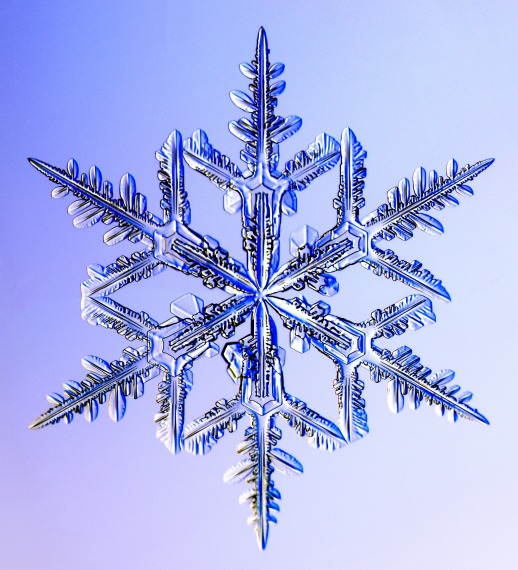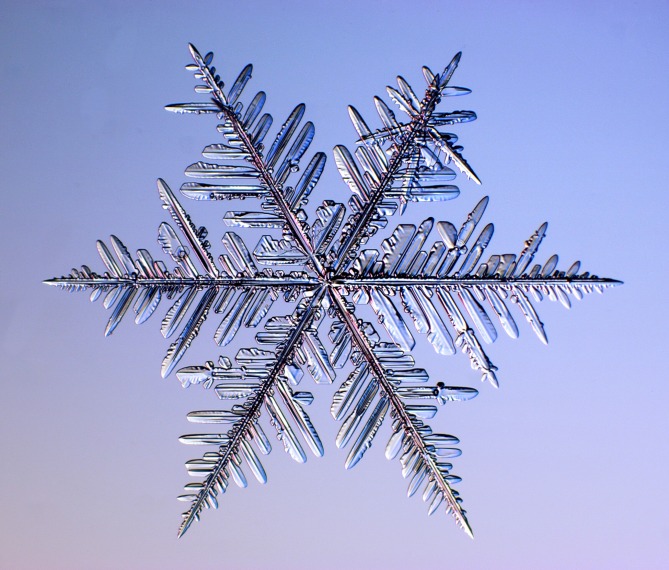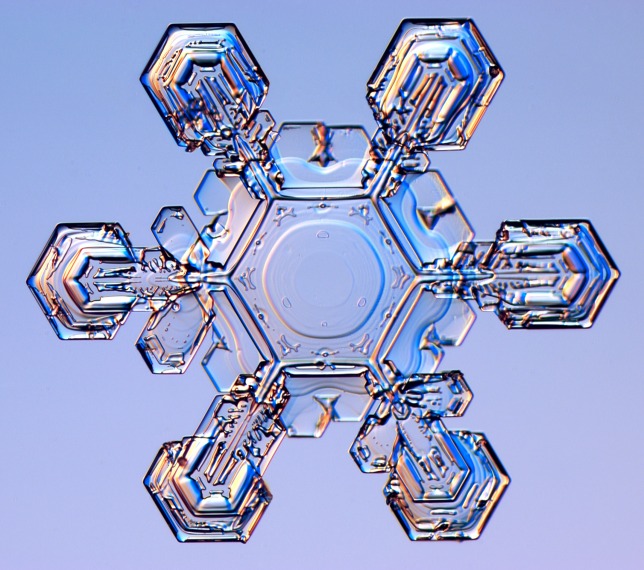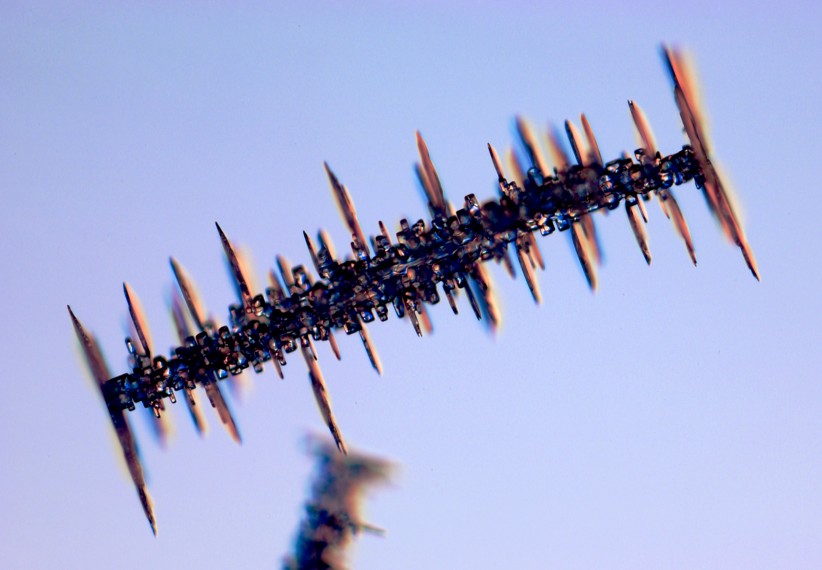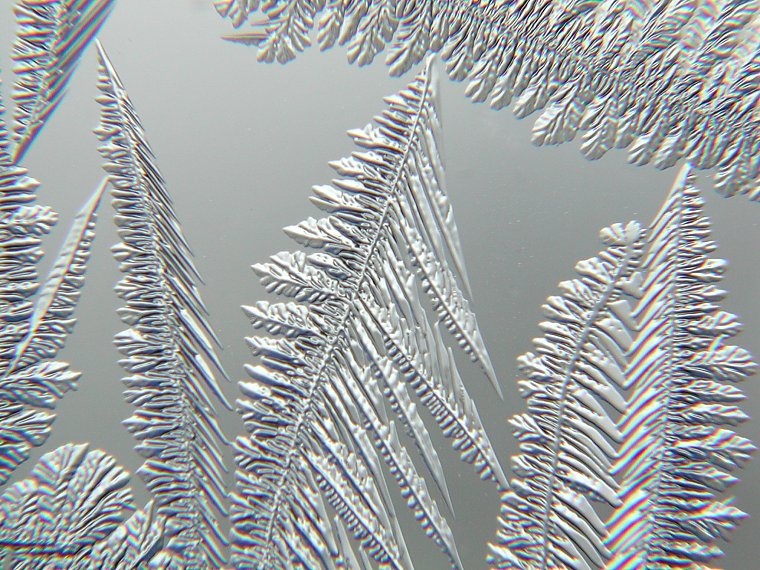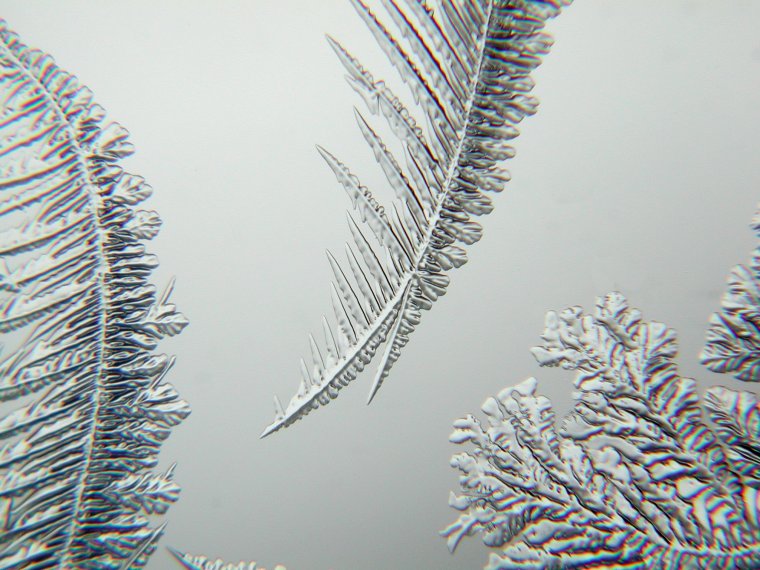It looks like you're using an Ad Blocker.
Please white-list or disable AboveTopSecret.com in your ad-blocking tool.
Thank you.
Some features of ATS will be disabled while you continue to use an ad-blocker.
12
share:
I original wanted to post this in the Art Form, but decided that this would make a great Science Thread. I can add nothing to this, except that this
is awesome, and you can learn a lot of new and interesting things on this website!!!
(I only picked a few of the MANY great photos on this website, so DO go and check it out!!!)
...Italics mine...
(I only picked a few of the MANY great photos on this website, so DO go and check it out!!!)
...Italics mine...
Snow Crystal Photo Gallery I
... Capturing the fleeting beauty of snowflakes ...
These pictures show real snow crystals that fell to earth in Northern Ontario, Alaska, Vermont, the Michigan Upper Peninsula, and the Sierra Nevada mountains of California. They were captured by Kenneth G. Libbrecht using a specially designed snowflake photomicroscope.
www.its.caltech.edu...
www.its.caltech.edu...
www.its.caltech.edu...
Window Frost
Window frost forms when a pane of glass is exposed to below-freezing temperatures on the outside and moist air on the inside. Water vapor from the air condenses as frost on the inside surface of the window. The picture at right shows a patch of window frost about the size of an outstretched hand. Window frost often makes elaborate patterns as the crystal growth is strongly influenced by the window surface. Scratches, residual soap streaks, etc., can all change the way the crystals nucleate and grow.
Window frost was more common in the past, when houses still had single-pane windows. The newer double-pane windows are much better insulators and thus not so cold on the inside surfaces.
At left (top) are some close-up pictures of window frost I took during a recent vacation in the California mountains. The branches you see here are tiny -- each about 3mm in length. The magnified view shows some of the same faceting and dendritic structures that you see in snowflakes.
www.its.caltech.edu...
The Morphology Diagram
By growing snow crystals in the laboratory under controlled conditions, one finds that their shapes depend on the temperature and humidity. This behavior is summarized in the "morphology diagram," shown at left, which gives the crystal shape under different conditions. Click on the picture for a closer view.
The morphology diagram tells us a great deal about what kinds of snow crystals form under what conditions. For example, we see that thin plates and stars grow around -2 C (28 F), while columns and slender needles appear near -5 C (23 F). Plates and stars again form near -15 C (5 F), and a combination of plates and columns are made around -30 C (-22 F).
Furthermore, we see from the diagram that snow crystals tend to form simpler shapes when the humidity (supersaturation) is low, while more complex shapes at higher humidities. The most extreme shapes -- long needles around -5C and large, thin plates around -15C -- form when the humidity is especially high.
Why snow crystal shapes change so much with temperature remains something of a scientific mystery. The growth depends on exactly how water vapor molecules are incorporated into the growing ice crystal, and the physics behind this is complex and not well understood. It is the subject of current research in my lab and elsewhere.
www.its.caltech.edu...
edit on 19-3-2015 by IndependentOpinion because: Added some more amazing info.
cool whomever took the photos must be really fast, they got them before they melted.
new topics
-
Letters to the Editor: Altadena, my neighborhood, has burned. Make fossil-fuel companies pay
Propaganda Mill: 1 hours ago -
The LEGACY of Outgoing President JOSEPH R. BIDEN Jr. - Forced From Office Eff 1.20.2025.
US Political Madness: 1 hours ago -
UK and Europe Floods
Rant: 3 hours ago -
FEMA kicks hurricane survivors out of temporary housing into snowstorm and freezing temperatures
Disaster Conspiracies: 3 hours ago -
Failures of leadership on display
US Political Madness: 4 hours ago -
Power grid faults surged right before Los Angeles wildfires began
Mainstream News: 4 hours ago -
Tustin California Military equipment stolen BIG equipment .
Social Issues and Civil Unrest: 4 hours ago -
PALES-TINE, PALES-ADES and the Australian Aboriginal "Lightning Man"
Dreams & Predictions: 4 hours ago
top topics
-
FEMA kicks hurricane survivors out of temporary housing into snowstorm and freezing temperatures
Disaster Conspiracies: 3 hours ago, 15 flags -
Tustin California Military equipment stolen BIG equipment .
Social Issues and Civil Unrest: 4 hours ago, 14 flags -
Failures of leadership on display
US Political Madness: 4 hours ago, 11 flags -
Letters to the Editor: Altadena, my neighborhood, has burned. Make fossil-fuel companies pay
Propaganda Mill: 1 hours ago, 10 flags -
How To Spot Fake U.F.O. Photos
Aliens and UFOs: 16 hours ago, 8 flags -
Power grid faults surged right before Los Angeles wildfires began
Mainstream News: 4 hours ago, 7 flags -
UK and Europe Floods
Rant: 3 hours ago, 6 flags -
PALES-TINE, PALES-ADES and the Australian Aboriginal "Lightning Man"
Dreams & Predictions: 4 hours ago, 5 flags -
The LEGACY of Outgoing President JOSEPH R. BIDEN Jr. - Forced From Office Eff 1.20.2025.
US Political Madness: 1 hours ago, 4 flags
12


